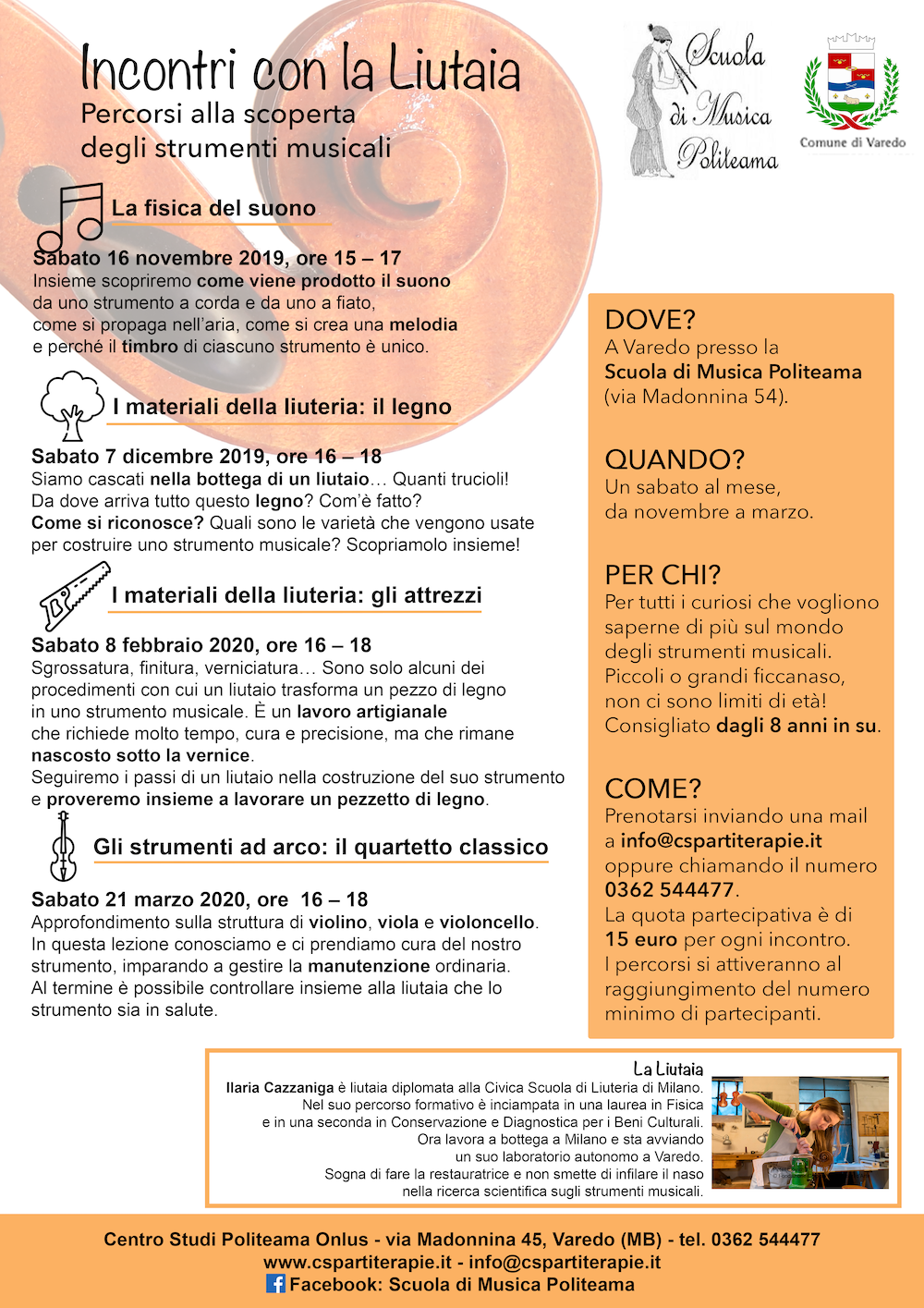Scientific research and teaching
During my master’s degree in Conservation and Diagnostics for Cultural Heritage, I dove into the the field of non-invasive diagnostics for musical instruments. I collaborated with the Arvedi Laboratory of Non-Invasive Diagnostics at the Violin Museum in Cremona on a project on treatments for cleaning musical instruments. The goal of the project was to identify practices, methods and products for the conservative cleaning of the varnished surfaces of historic and modern instruments. We published an article in the scientific journal Coatings – Special Issue “Surface and Interface Analysis of Cultural Heritage.”
I love to give back what I have been taught in my years of training, so I am dedicated to creating educational pathways on violin making to introduce musical instruments from a different point of view outside the concert halls, that is, the luthier’s and researcher’s point of view.
In recent years I have been involved in teaching at the Civica Scuola di Liuteria in Milan and the Accademia di Liuteria Piemontese. In the former I have taught chemistry for violin making, that is, I was in charge of analyzing and explaining from a scientific point of view the materials that are used in the construction and restoration of a musical instrument (woods, glues, sealers, varnishes, strings, protectives, putties…). In Turin, on the other hand, I taught stringed instrument construction.
In our shared workshop LiutaiLab, on the other hand, we organized some workshops for students to spread the knowledge of the craftsman’s craft in neighborhood middle schools and collaborate with some associations involved in music therapy.
I recently started a diagnostic campaign (multispectral imaging and tomography) on the beautiful stringed instruments of Fondazione Pro Canale, in Milan, as part of a project for the enhancement and digitization of cultural heritage, sponsored by the Italian Ministry of Culture and funded by NextGenerationEU.
These experiences enrich me every day and complete my work bringing it closer to instruments with ever-changing eyes.
Ricerca scientifica e divulgazione
Collaboro con il Laboratorio Arvedi di Diagnostica non Invasiva presso il Museo del Violino di Cremona a un progetto sui trattamenti per la pulitura degli strumenti musicali, percorso iniziato durante il mio tirocinio per la tesi di laurea magistrale. Obiettivo del progetto è l’identificazione di pratiche, metodi e prodotti per la pulitura conservativa delle superfici verniciate di strumenti storici e moderni.
Amo restituire quello che mi è stato insegnato in questi anni di formazione, perciò mi dedico alla creazione di percorsi didattici sulla liuteria per far conoscere gli strumenti musicali sotto una luce insolita, fuori dalle sale da concerto.
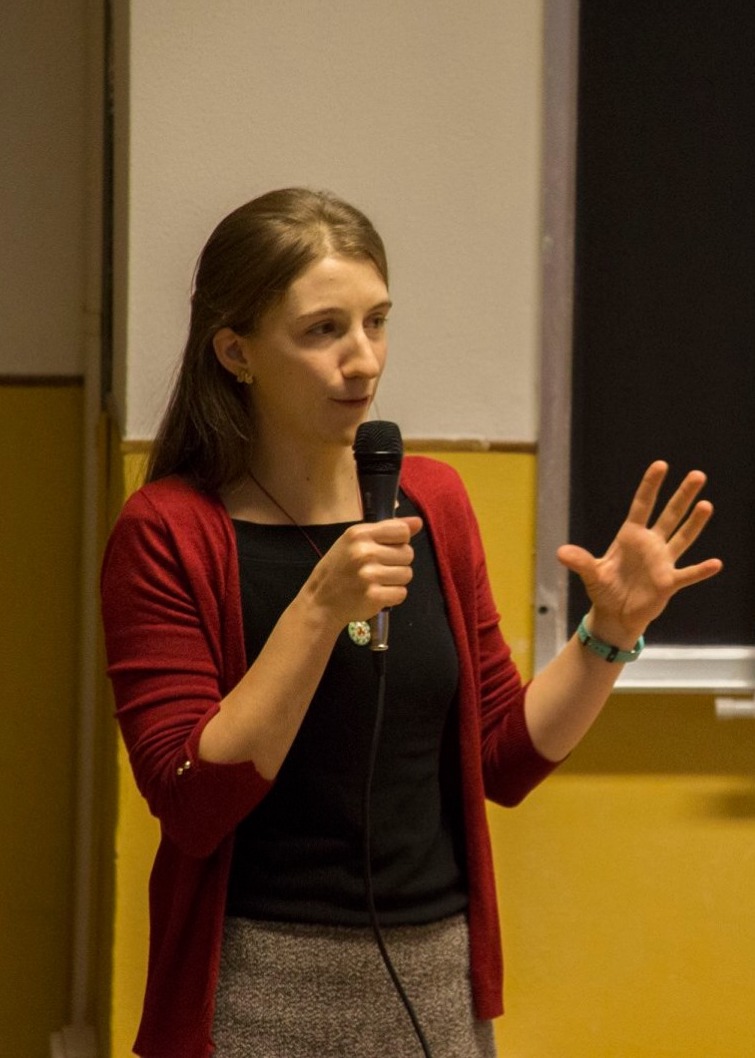
Publications and research work

Cazzaniga, I.; Gargano, M.; Invernizzi, C.; Ludwig, N.G.; Malagodi, M.; Canevari, C.; Rovetta, T. A Multi-Analytical Non-Invasive Approach to Aqueous Cleaning Systems in Treatments on Bowed String Musical Instruments. Coatings 2021, 11, 150. https://doi.org/10.3390/coatings11020150

Participation at the conference A Conservation Carol 2019 with a poster entitled Varnished surfaces of bowed string instruments: a multi-analytical non-invasive approach to cleaning methods.
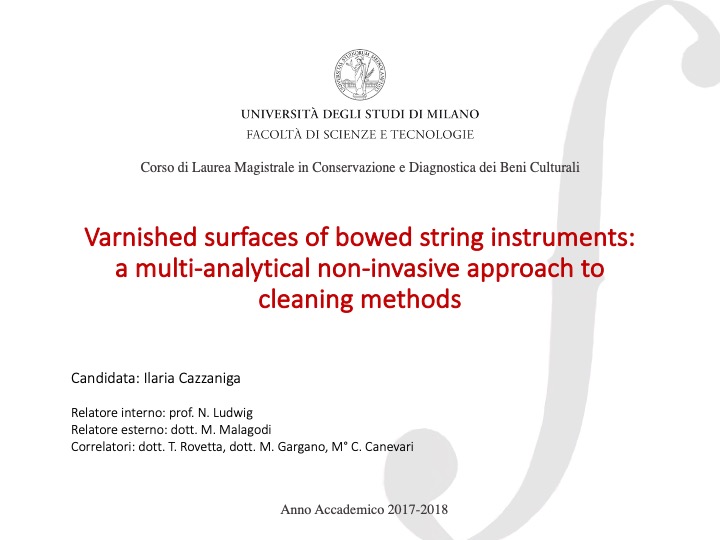
Master’s degree in Science for Diagnostics and Conservation of Cultural Heritage. The thesis work is aimed at the identification of materials and methods for museum and workshop cleaning of stringed musical instruments, with a focus on the development of non-invasive analytical methods for cleaning monitoring.
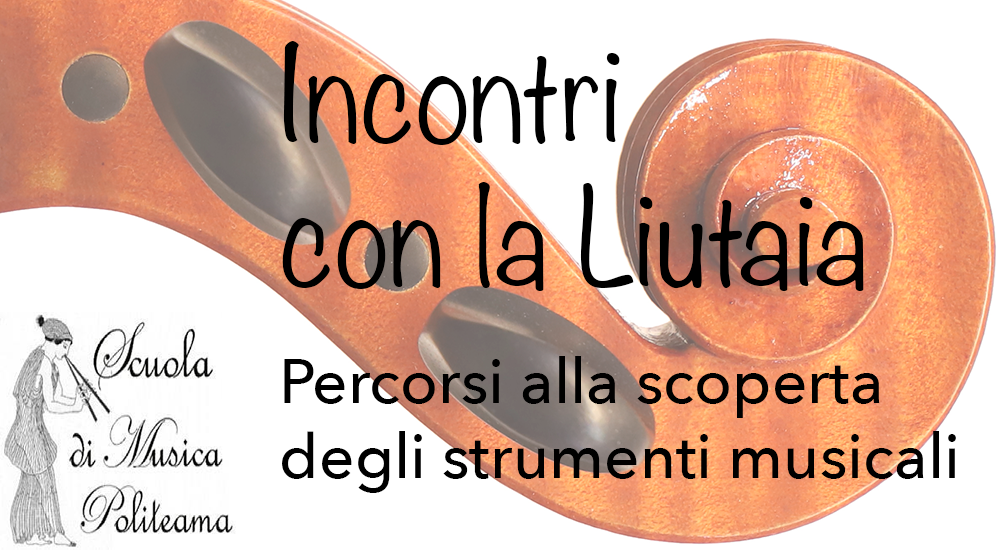
Series of in-depth meetings on musical instruments and violin making offered to music schools: the physics of sound, what is wood, woodworking stages, classical quartet instruments.
Activity carried out at the Politeama School of Music in Varedo (MB).
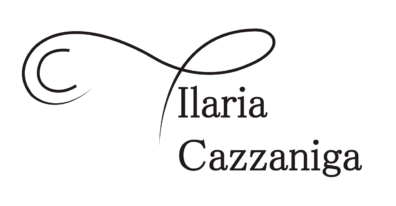
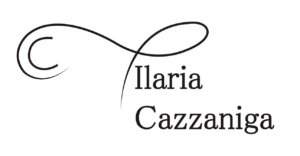
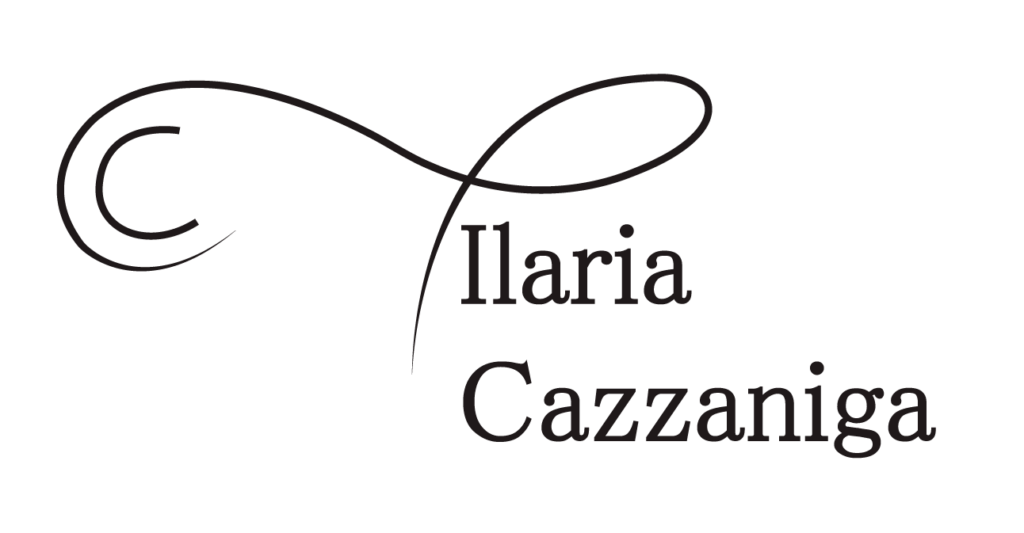
 https://orcid.org/0000-0003-4541-5026
https://orcid.org/0000-0003-4541-5026

